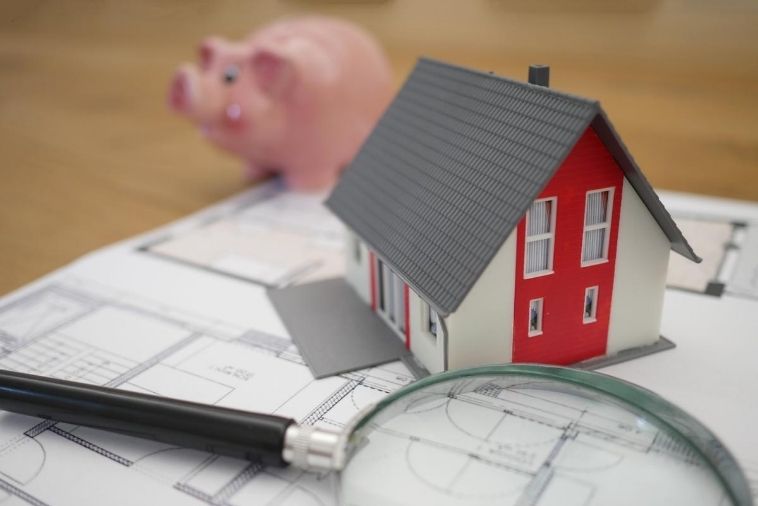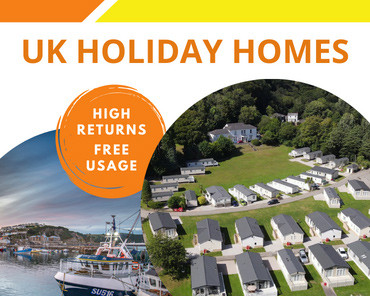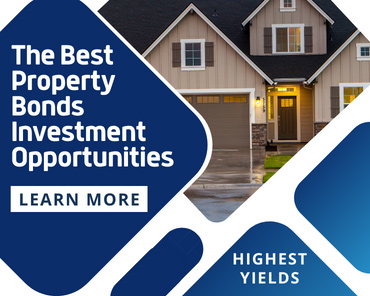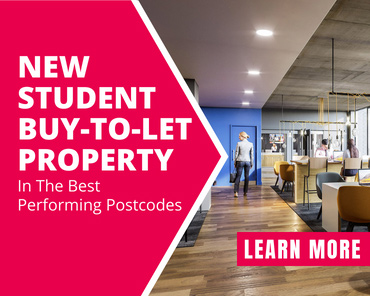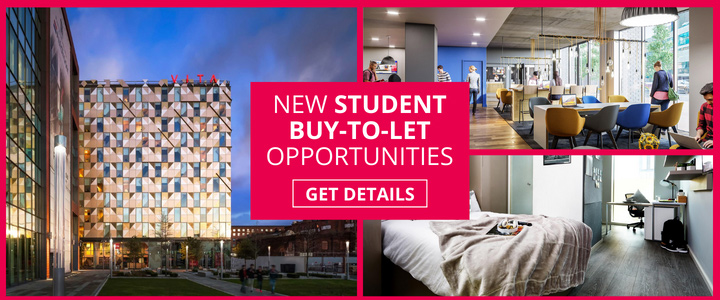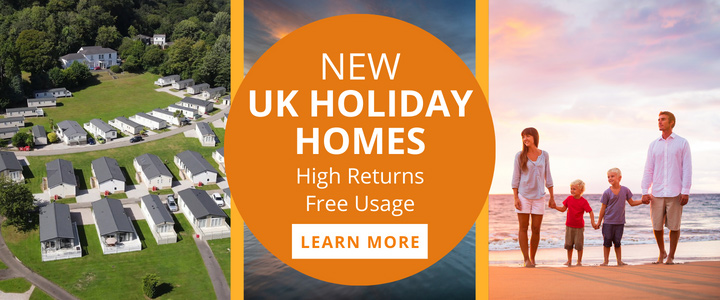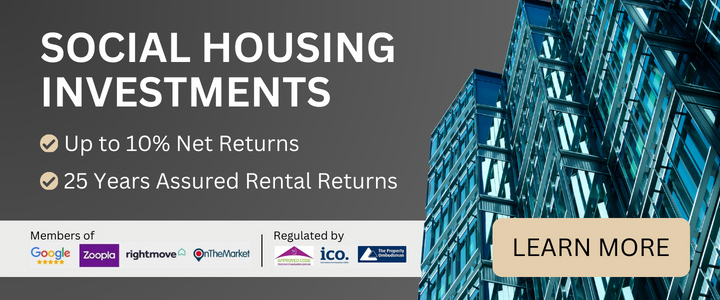When you are looking to invest in property you should always consider the use of that property. If you are looking to purchase a home to live in, the requirements for that property will be substantially different compared to when your aim is to rent it out and secure a steady stream of rental income.
When you purchase a home for your own use, you will look to see how it fits with your needs, but also how it will satisfy your lifestyle and whether it is perhaps suited to raising a family.
Seeff recommends four factors to consider when you buy for your own use:
1) Is the property size right for your needs? Consider how many bedrooms you need and whether you want a flat or a house. You should always buy with the future in mind and think about whether the property offers the opportunity to upgrade or expand if your circumstances change.
2) Is it in a convenient location and neighbourhood? Where you buy must be convenient for your family requirements. Factors such as day care facilities and schools will be important. Access to transport and main roads and highways will be another factor.
3) Does the property and neighbourhood suit your lifestyle needs? Your property’s primary function should also suit your lifestyle. If you enjoy outdoor entertainment, look for a flat with a balcony or a house with a braai patio and perhaps a swimming pool. If you have dogs, you may need some yard space.
4) Is the house secure? Consider whether you want to live in a security complex or estate and if not, whether your house can be secured. Garages might also be important, but you could consider adding those at a later stage.
If, however, you want to invest in a property with the view to securing a steady stream of rental income, you should consider these four factors, says Seeff:
1) Will there be tenants for my rental? Choose an area that offers strong rental demand and check that the market is not already overstocked. Don’t assume that a more expensive house will earn higher rental income but look for what actually rents out and for how much.
2) What type of properties are popular with tenants? Generally, three bedroomed houses and one and two bedroomed flats are the most popular to rent out, but it depends on the area. Rental demand is often the highest in the low- to middle-income areas.
3) Should I renovate the property with expensive fittings and finishes? Don’t bother with renovations but do ensure that the property is in an excellent condition. Make use of durable finishes and keep it as minimal as possible.
4) Which areas are most popular for rentals? Low to middle-income areas are most popular but ensure that your rental is close to transport and access roads and amenities such as schools, places of worship and shops and banks.
Finally, remember that managing tenants could be beyond your skill set and it is advisable to speak to your agent about their service offering to manage your rental property for you. Seeff’s rental service is for example comprehensive and includes the latest technology for tenant sourcing and vetting, rent collection, watertight rental contracts, maintenance management and legal advice to deal with problems in the landlord/tenant relationship.
The original article can be found here:
https://www.seeff.com/news/buy-to-live-versus-buy-to-let-what-you-need-to-know/

